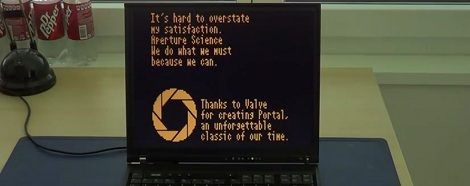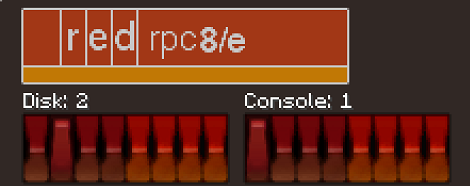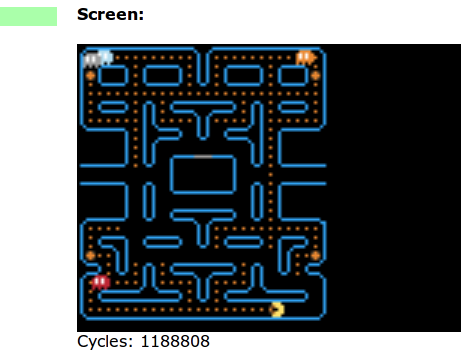
It’s official. [Notch], creator of Minecraft, has confirmed he’s shelved plans for 0x10c, the space-based block building and exploration MMO that features assembly programming as a core game component.
Over the last year or so since 0x10c was announced, a whole lot of programmers have picked up the in-game fictional CPU – the DCPU – by writing emulators and even emulating this CPU that only exists as a design document on an AVR. Needless to say, there are a lot of very skilled programmers that want this game to exist. Now, it seems, this community is forging ahead with this project without [Notch].
This is a truly massive undertaking by the community. Not only are the current plans to build an open world, procedurally generated, space-based MMO, it looks like these new developers will also be writing their own engine from scratch. If this were a commercial endeavour, it would require millions of dollars and many years to get to a rough alpha build, and the 0x10c community is doing this for free.
If you have experience in C++, OpenGL, and 3D game programming, the official signup thread is over on the 0x10c subreddit. Even if you’re not a programmer and only have experience in modeling, writing, your experience would be greatly appreciated.
















